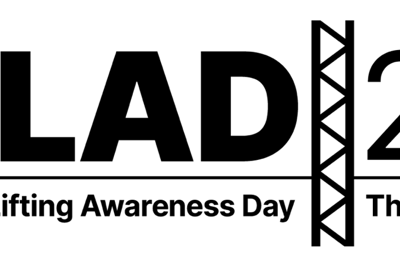‘PAS 110’: six characters which, depending on your point of view either strike terror into your heart or show the wider world, and customers in particular, the attention to detail and quality that lies behind your AD process and your digestate.
What is PAS 110 and why should you consider it?
Whatever your reaction, there is certainly no need for plant operators to be wary of the requirements of PAS 110. Achieving the voluntary standard can provide significant benefits – not least an increase in the value of digestate sales – and, contrary to some perceptions, the standard is not overly prescriptive.
PAS 110 actually stands for Publicly Available Specification number 110. As it suggests, this means that unlike many British and International quality standards which must be purchased, it is available free of charge to anyone. Although there are a number of links available on the internet, to make sure you find the most up-to-date version, you should use the link on the WRAP website – visit www.wrap.org.uk and search for ‘PAS 110’.
The standard was first published in 2010 by the British Standards Institution (BSI) and the latest (second) version was updated in July 2014. When used in conjunction with the Quality Protocol for the production and use of anaerobic digestate it provides the best evidence of the safety and consistent quality of digestate produced by an AD plant, allowing it to be classified as an organic fertiliser product rather than a waste, and certified under the Biofertiliser Certification Scheme (BCS) Rules. This provides another potential income stream for AD plants using food waste as a feedstock, which can be increasingly important in the current economic climate.
The scope of PAS 110 – Understand your feedstock
A number of plants in the UK meet the requirements of the standard, including several which handle food and mixed organic waste. But before attempting to join them, it is important for an AD operator to understand what PAS 110 is, and is not. It is a voluntary industry-led specification designed to boost the market for digestate and act as a precursor for a potential full British Standard at some time in the future. It is not a statutory document and, as such, compliance with PAS 110 does not absolve plant operators and digestate producers from other legislative requirements, such as compliance with Animal By-Products (ABP) regulations and environmental permitting.
The standard requires producers to have sufficient control processes and to undertake hazard analysis and critical control point (HACCP) planning through an appropriate quality management system (QMS). It also has specific definitions for different terms, including ‘catering waste’ and ‘source-segregated.’ Much of the standard is about ensuring that producers have the right management policies in place to prevent contamination and ensure the quality and safety of the end product. However, it is the requirement for pasteurisation which tends to scare off plant operators considering applying for PAS 110.
The role of pasteurisation
The standard does not specify the type of pasteurisation to be used, or where in the process it should occur (i.e. treatment of feedstock before digestion or treatment of the digestate itself). It does provide some exemptions where pasteurisation is not required, such as where the plant is already covered by Animal By-Products Regulations, or where certain specified feedstocks arise within a holding where the digestate will be used exclusively.
In terms of the actual pasteurisation requirements, PAS 110 specifies: ‘all digestates shall be produced by an AD process that includes: a) a pasteurization step capable of heating all material to at least 70 °C for one hour; or b) an equivalent alternative treatment validated for its efficacy at reducing a suitable plant pathogen indicator species.’
It can be seen from this that the reasons for pasteurisation are as much to protect agricultural soils and crops from the risk of spreading crop diseases and pests as they are about preserving human and animal health. This means that plant operators and their equipment suppliers have a large degree of flexibility about how and where to install a pasteurisation step.
Reducing energy use and maximising efficiency
As the temperature of material leaving the anaerobic digester is generally warmer than the feedstock entering it (typically around 35 oC post-digester compared with 15 oC pre-digester), less energy is typically required to heat the material to the required 70 oC (about two thirds as much). But even installing a traditional single tank pasteurisation system at this stage can be very inefficient and may require additional buffer tanks to avoid slowing down the overall AD process.
A more energy efficient alternative is an HRS 3 Tank Batch Sludge Pasteuriser. This has three tanks allowing one to be pasteurised while one is emptying and the other is filling, ensuring that pasteurisation does not slow down overall throughput. Ultimately, it is a simpler solution than a single tank option which may require buffer tanks and additional controls to restrict flow elsewhere in the process. Furthermore, the heat exchangers used in the HRS system recapture the heat and use it again, making them up to 70% more efficient than traditional single tank ‘heat jacket’ type pasteurisation systems.
Installing pasteurisation to meet the requirements of PAS 110 need not be complicated and there are likely to be many suitable equipment solutions on the market. However, care needs to be taken that the one you chose is suitable, not only to meet the standard’s straightforward requirements, but also to fit in with your overall AD process without adding unsustainable energy or management costs.








